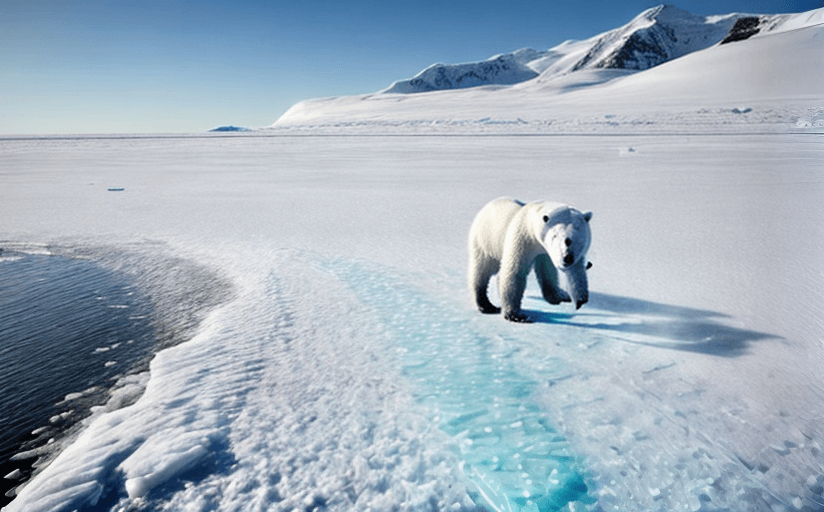Climate Change's Devastating Impact on Biodiversity
Climate change is having a drastic impact on biodiversity around the world, with devastating consequences for ecosystems, habitats, and species. As temperatures rise, habitats become inhospitable for some species and favorable for others, leading to a shift in the balance of biodiversity. This shift can have a domino effect on the entire ecosystem, leading to widespread disruption and destruction. In this article, we will explore the specific ways in which climate change is affecting various species, ecosystems, and habitats, and discuss the potential solutions for combating these impacts.
Threats to Biodiversity
Climate change is having a wide range of impacts on biodiversity. One of the most immediate threats is ocean acidification, which is caused by the increased levels of carbon dioxide in the atmosphere. This acidification has a direct effect on the pH levels of the ocean, which can be detrimental to many species of marine life. Rising temperatures can also cause species to move to different regions, which can disrupt the balance of biodiversity in the new area. Furthermore, extreme weather events, such as floods and droughts, can lead to the destruction of habitats and the death of species.
Most Affected Species and Regions
Climate change is having a particularly devastating impact on certain species and regions. Polar bears, for example, are threatened by the melting of the Arctic ice cap, which is their primary habitat. Coral reefs, which are home to a wide variety of marine life, are also in danger due to the warming and acidifying waters. Tropical rainforests, which are home to some of the most diverse ecosystems on the planet, are also under threat from climate change. In addition, many species of migratory birds are at risk due to the disruption of their habitats.
Potential Solutions
In order to combat the impacts of climate change on biodiversity, there are several potential solutions. One of the most important solutions is to reduce the amount of greenhouse gas emissions into the atmosphere. This can be done through a variety of measures, such as switching to renewable energy sources, increasing energy efficiency, and reducing deforestation. In addition, conserving and restoring habitats is essential for preserving biodiversity. Finally, it is important to invest in research and development of new technologies that can help reduce the impacts of climate change.
Climate change is having a devastating impact on biodiversity around the world. It is essential that we take action now to reduce the impacts of climate change and protect the species and habitats that are so essential to our planet. Through a combination of reducing greenhouse gas emissions, conserving and restoring habitats, and investing in research and development, we can help ensure that our planet remains a safe and healthy home for all living things.


















Comments
Leave a Comment